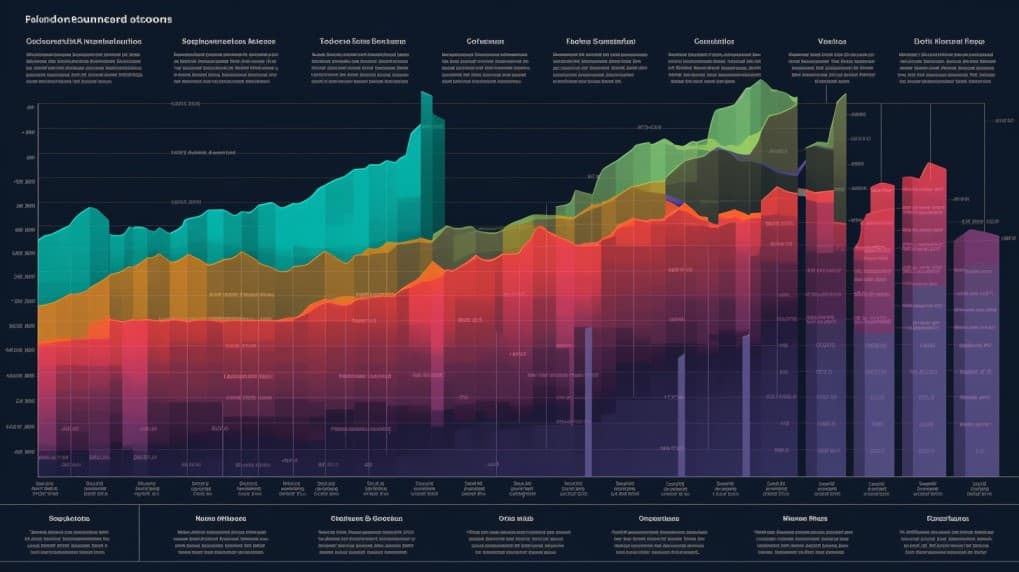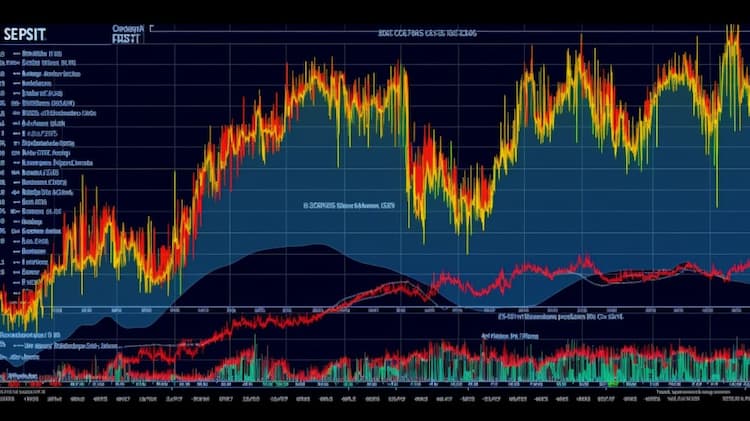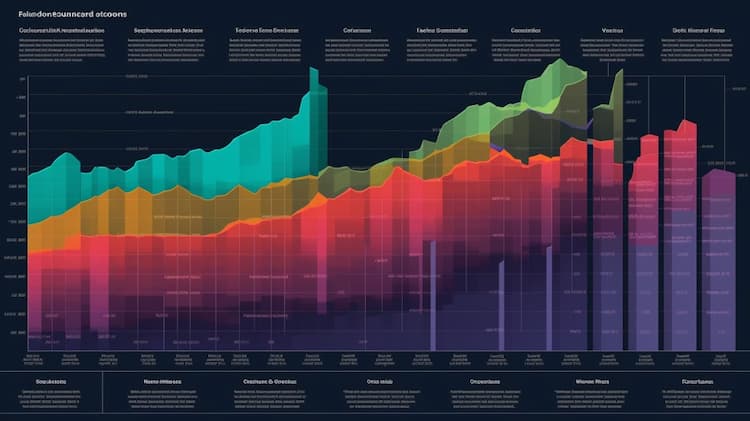
VGT VS XLK
In the world of finance, particularly in the realm of technology-focused ETFs, two giants stand out: VGT and XLK. These ETFs have become the go-to options for investors looking to gain exposure to the tech sector. But which one is right for you? In this article, we'll delve deep into the intricacies of VGT VS XLK, comparing their strategies, sectors, top holdings, and more.
VGT VS XLK: Sectors and Top Holdings
When it comes to sectors and top holdings, both VGT and XLK have a significant focus on technology. However, there are subtle differences that set them apart.
VGT, the Vanguard Information Technology ETF, is known for its broad exposure to the tech sector. It includes companies from software, hardware, and IT services. Some of its top holdings include giants like Apple, Microsoft, and Visa.
On the other hand, XLK, the Technology Select Sector SPDR Fund, offers a slightly different mix. While it also holds Apple and Microsoft, it has a more diversified approach, including telecommunications and other tech-related sectors. This diversification can be a boon for investors looking for a broader tech exposure.
 VGT overlap VGT VS XLK
VGT overlap VGT VS XLK
VGT VS XLK: Capitalization Strategy
Capitalization strategy is another crucial aspect to consider when comparing VGT and XLK. VGT is more skewed towards large-cap companies, which means it's more focused on established tech giants. This can be an advantage for those looking for stability in their investments.
XLK, while also having a significant large-cap focus, offers a more balanced approach. It includes a mix of large-cap, mid-cap, and some small-cap companies. This mix can be beneficial for investors looking for growth potential along with stability.
VGT VS XLK: Tracking and Exposure
Both VGT and XLK aim to track technology indices. VGT tracks the MSCI US Investable Market Information Technology 25/50 Index, giving it a broad exposure to the US tech sector. This means that when you invest in VGT, you're essentially betting on the overall performance of the US tech industry.
XLK, meanwhile, tracks the Technology Select Sector Index. This index is more selective, focusing on the top tech companies in the S&P 500. As a result, XLK offers a more concentrated exposure, which can be both an advantage and a disadvantage. On the one hand, if the top tech companies perform well, XLK will likely see significant gains. On the other hand, this concentration can also lead to higher volatility.
Conclusion
In the battle of VGT VS XLK, there's no clear winner. Both ETFs offer unique advantages and cater to different investment strategies. If you're looking for broad exposure to the US tech sector, VGT might be the better choice. However, if you're interested in a more concentrated bet on the top tech companies, XLK could be the way to go.
Ultimately, the decision between VGT and XLK comes down to your individual investment goals and risk tolerance. It's always a good idea to consult with a financial advisor before making any investment decisions.
Sources:
- Vanguard's official website for VGT details and holdings.
- SPDR's official website for XLK details and holdings.
- MSCI's official website for information on the MSCI US Investable Market Information Technology 25/50 Index.
- S&P 500's official website for details on the Technology Select Sector Index.
VGT ETF issuer
VGT ETF official page
XLK quote and analysis
Discover the top holdings, correlations, and overlaps of ETFs using our visualization tool.
Our app allows you to build and track your portfolio.
To learn more about the XLK Technology Select Sector SPDR Fund, access our dedicated page now.


























